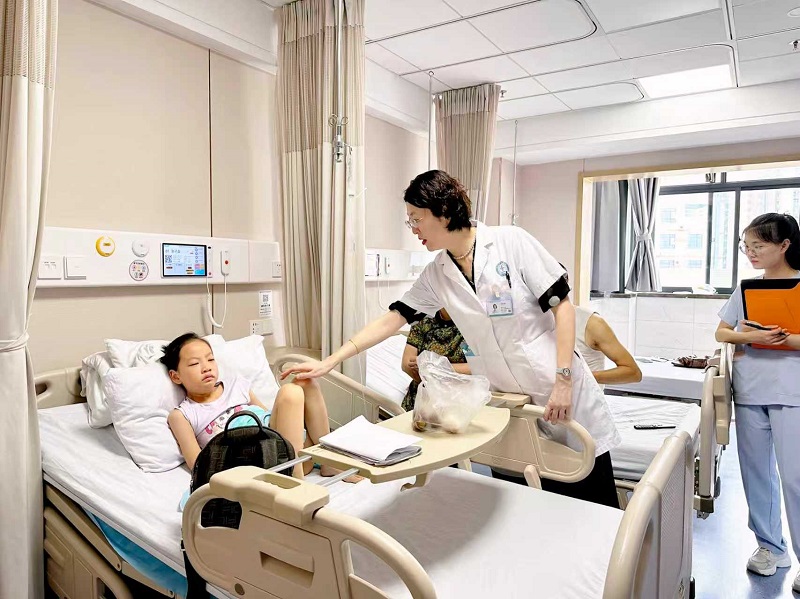Chinese Team Enables 24 Patients to Stop Insulin Use: Breakthrough in Type 1 Diabetes Treatment
A Shenzhen-based medical team reports that 24 patients with Type 1 diabetes (T1DM) have discontinued insulin therapy, achieving a “functional cure” after treatment with holistic integrative medicine (HIM). The longest period off insulin is reportedly 14 months, with patients maintaining HbA1c levels below 7% through diet and follow-up care. While C-peptide data demonstrating islet function recovery were referenced, specific results were not disclosed.
This announcement positions HIM, a blend of traditional Chinese medicine (TCM), orthomolecular, functional, and lifestyle medicine, as a potential disruptor to standard T1DM care. The core claim rests on immune modulation and metabolic repair through TCM, alongside precise digital monitoring and personalized treatment adjustments. The protocol involves a short inpatient stay (3-5 days), potentially impacting the long-term cost of care.

The strategic implication is a challenge to the prevailing paradigm of lifelong insulin dependence for T1DM. This approach could attract patients seeking alternatives to conventional treatment, especially in regions where TCM enjoys broader acceptance. However, the lack of rigorous data disclosure raises questions about reproducibility and the robustness of the observed clinical effects.
The impact on established stakeholders is multifaceted. Pharmaceutical companies manufacturing insulin and related therapies could face competition from a non-pharmaceutical intervention. Research institutions and clinicians specializing in T1DM may need to re-evaluate current treatment protocols and incorporate HIM principles. Regulators will likely demand robust evidence before accepting such claims, particularly given the potential to alter treatment guidelines.
Looking ahead, independent validation of these findings is crucial. Rigorous clinical trials adhering to international standards are necessary to substantiate the claims and assess long-term efficacy and safety. The lack of detailed data, including baseline C-peptide levels, patient demographics, and standardized outcome measures, necessitates cautious interpretation. Transparency and collaboration with international research bodies will be essential to determine whether HIM represents a true breakthrough or an overstated observation. The potential regulatory pathway for such a complex intervention also remains unclear.
Contact Person: Chenmingyuan-Anchiying Assistant
Phone: +86-13724062074
City: Shenzhen
Email: china.t1d.reversal@hotmail.com